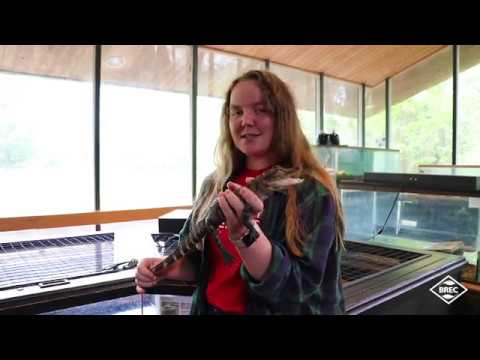– The ecological significance of the American Alligator in wetland ecosystems.
– Insights into the daily care and management practices at Bluebonnet Swamp Nature Center for American Alligators.
– The role of Bluebonnet Swamp Nature Center in wildlife conservation and education.
– Challenges and considerations in maintaining the well-being of captive American Alligators.
– Engaging the public: Enhancing awareness and support for American Alligator conservation through REFRESH – Animal Encounters.
The American Alligator, a keystone species in its habitat, plays a pivotal role in maintaining the ecological balance of wetland ecosystems. These reptiles contribute to the health of their environment in several ways, including creating watering holes that other species rely on during droughts and controlling populations of prey species to prevent overpopulation and its negative effects on the ecosystem. The American Alligator’s presence in its natural habitat underscores the intricate connections within ecosystems and the importance of each species’ role in environmental health.
At Bluebonnet Swamp Nature Center, the daily care and management of American Alligators are key components of their mission to educate the public about the importance of conservation and to provide a sanctuary for native wildlife. These practices include monitoring their health, ensuring they receive a balanced diet, and maintaining their enclosures to mimic their natural habitats as closely as possible. This careful attention supports the well-being of the alligators and provides them with an environment where they can thrive. It also allows visitors to observe these fascinating reptiles in a setting that closely resembles their natural surroundings.
Wildlife conservation is at the core of Bluebonnet Swamp Nature Center’s mission, with REFRESH – Animal Encounters playing a crucial role. This initiative aims to educate visitors about wildlife and the importance of conservation efforts. By introducing people to the realities of animals like the American Alligator, the program fosters appreciation and respect for nature and its inhabitants. It emphasizes the interconnectedness of all life forms and humans’ impact on the world around them, encouraging responsible environmental stewardship.
However, maintaining the well-being of captive American Alligators is not without its challenges. Factors such as the need for large aquatic habitats, a diet mimicking what they would eat in the wild, and the importance of social interactions for these often misunderstood animals require careful consideration. Moreover, health issues, including those related to stress from captivity, must be vigilantly monitored and addressed. Ensuring captive alligators’ physical and psychological health necessitates a deep understanding of their natural behaviors and needs.
Finally, engaging the public is perhaps one of the most significant challenges and opportunities for wildlife conservation efforts like those at Bluebonnet Swamp Nature Center. Through programs like REFRESH – Animal Encounters, the center seeks to enhance public awareness and support for conservation, specifically for species like the American Alligator. By sharing up-close experiences and educational content, they aim to dispel myths, highlight the importance of alligators to their ecosystems, and inspire actions that support wildlife preservation. This engagement is crucial for fostering a broader conservation ethic among the public and ensuring continued support for protecting species and their habitats.
In summary, REFRESH – Animal Encounters at Bluebonnet Swamp Nature Center offers a comprehensive approach to American Alligator conservation, blending daily care and management with educational outreach to promote wildlife conservation. By providing the public with opportunities to learn about and engage with these majestic creatures, the initiative is vital in fostering appreciation for the natural world and its myriad connections.
*****
Source Description
Bluebonnet Swamp Nature Center is a fantastic place to visit – not only for the close encounters with nature and a gorgeous walk through the swamp but also for the animals that live there. Our educator Sarah introduces us to one of their residents with a very appropriate name.

